I'm playing with the idea of building an audio noise maker. I found several nice sources. Most seem to be based on PN junction avalanche noise. As a starting point, I put this on a breadboard:

It works, but I'm not sure I understand it completely.
Q1 generates the noise and Q2 amplifies it. In order for the noise to be audible (or exist?) at the output, RT must be delicately tuned. There is a sweet spot, and moving the pot's wiper in either direction away from that spot causes the noise to stop.
Why is this? Why is it not enough to just ensure that the RT voltage divider places Q1's emitter above the BE breakdown voltage?
Note: Don't think it matters, but I'm using 2N3904's